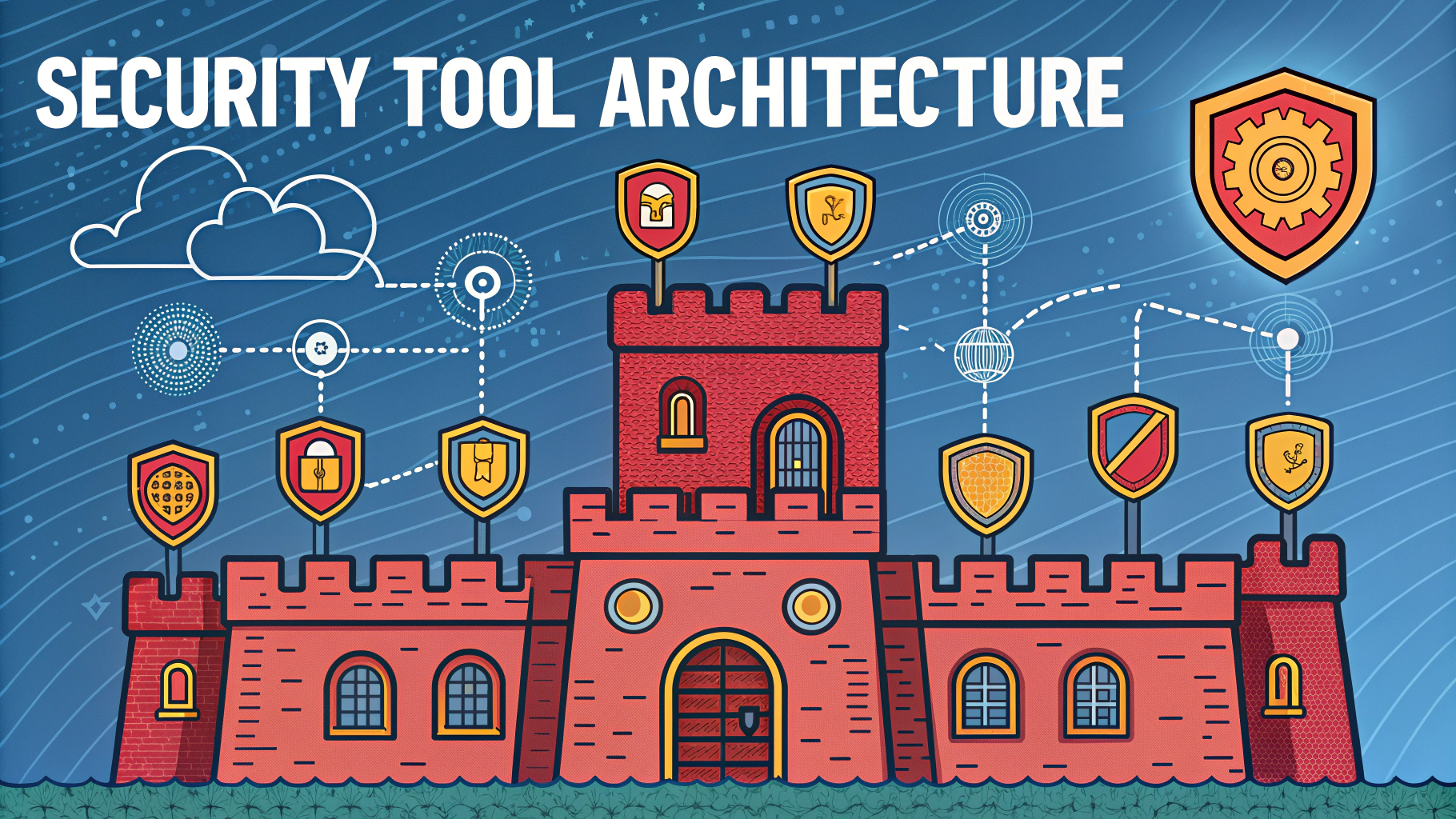Penetration testing certification practice exams help security professionals validate their skills and prepare for real-world scenarios.
The PenTest+ certification demonstrates practical ability to perform vulnerability assessments, exploit systems, and conduct post-exploitation activities.
This guide covers key practice test strategies, recommended resources, and tips to effectively prepare for the PenTest+ exam.
Key Areas to Focus On
- Planning and Scoping
- Information Gathering
- Vulnerability Scanning
- Social Engineering
- Exploitation Techniques
- Post-exploitation Methods
- Reporting and Communication
Recommended Practice Test Resources
- CompTIA Official Practice Tests – Available through the CompTIA Store ($129)
- Udemy PenTest+ Practice Exams – Jason Dion’s course includes 6 practice tests ($29.99)
- TotalSems Practice Tests – Includes performance-based questions ($99)
- Pearson Test Prep – Available with official study guide purchase
Practice Test Taking Tips
- Set a timer to simulate actual exam conditions (165 minutes)
- Review both correct and incorrect answers thoroughly
- Focus on performance-based questions
- Practice with different question types (multiple choice, drag-and-drop)
Common Question Topics
| Domain | Percentage of Questions |
|---|---|
| Planning and Scoping | 15% |
| Information Gathering | 22% |
| Attacks and Exploits | 30% |
| Penetration Testing Tools | 17% |
| Reporting and Communication | 16% |
Hands-on Practice Labs
- TryHackMe – PenTest+ learning path ($10/month)
- HackTheBox – Practice environments ($20/month)
- VulnHub – Free downloadable vulnerable VMs
Study Schedule Recommendation
- Week 1-2: Review course materials
- Week 3-4: Take practice tests, identify weak areas
- Week 5-6: Focus on hands-on labs
- Week 7-8: Final practice tests and review
Next Steps for Success
Track your progress using a spreadsheet to identify knowledge gaps.
Join online communities like Reddit’s r/CompTIA for study tips and support.
Schedule your exam only after consistently scoring 85% or higher on practice tests.
Contact CompTIA certification support at [email protected] for additional resources and assistance.
Performance-Based Question Preparation
- Practice using virtual machines and lab environments
- Familiarize yourself with common pentesting tools
- Master command line interfaces and scripting
- Document your methodology during practice sessions
Time Management Strategies
- Allocate 2-3 minutes per multiple choice question
- Reserve 30 minutes for performance-based items
- Flag difficult questions for later review
- Leave 15 minutes for final review
Advanced Practice Techniques
Lab Environment Setup
- Configure isolated virtual networks
- Install necessary testing tools
- Create snapshot restore points
- Practice with different operating systems
Documentation Practice
- Write detailed test reports
- Document vulnerabilities found
- Create remediation recommendations
- Practice executive summaries
Mastering Your Certification Journey
Combine theoretical knowledge with hands-on practice for optimal exam preparation.
Build a strong foundation in network security fundamentals before attempting advanced concepts.
Maintain active participation in security communities to stay current with industry trends.
Consider the PenTest+ certification as a stepping stone for advanced security certifications and career growth.
FAQs
- What is PenTest+ certification and who is it for?
PenTest+ is a CompTIA certification that validates intermediate-level penetration testing and vulnerability assessment skills. It’s designed for cybersecurity professionals who want to demonstrate practical penetration testing abilities. - What are the prerequisites for taking the PenTest+ exam?
While there are no mandatory prerequisites, CompTIA recommends 3-4 years of hands-on information security experience and holding Security+ certification or equivalent knowledge. - What tools are covered in PenTest+ practice tests?
Practice tests cover tools like Nmap, Wireshark, Metasploit Framework, Burp Suite, John the Ripper, and other common penetration testing and vulnerability assessment tools. - What testing domains does PenTest+ cover?
The exam covers Planning and Scoping, Information Gathering and Vulnerability Identification, Attacks and Exploits, Penetration Testing Tools, and Reporting and Communication. - How many questions are on the PenTest+ exam?
The exam consists of a maximum of 85 questions, including multiple-choice and performance-based questions, with a duration of 165 minutes. - What types of attacks are covered in PenTest+ practice materials?
Practice materials cover web application attacks, network attacks, wireless attacks, social engineering, cloud-based attacks, and mobile device attacks. - Are practice tests sufficient preparation for the actual PenTest+ exam?
While practice tests are valuable for exam preparation, they should be combined with hands-on lab experience, study guides, and practical penetration testing experience. - How often is the PenTest+ exam updated?
CompTIA updates the PenTest+ exam approximately every three years to reflect current cybersecurity trends and emerging technologies. - What is the passing score for the PenTest+ exam?
The passing score for PenTest+ is 750 on a scale of 100-900. - What scripting languages should I know for PenTest+?
Basic knowledge of Python, Bash, PowerShell, and Ruby is beneficial, as these are commonly used in penetration testing scenarios.







